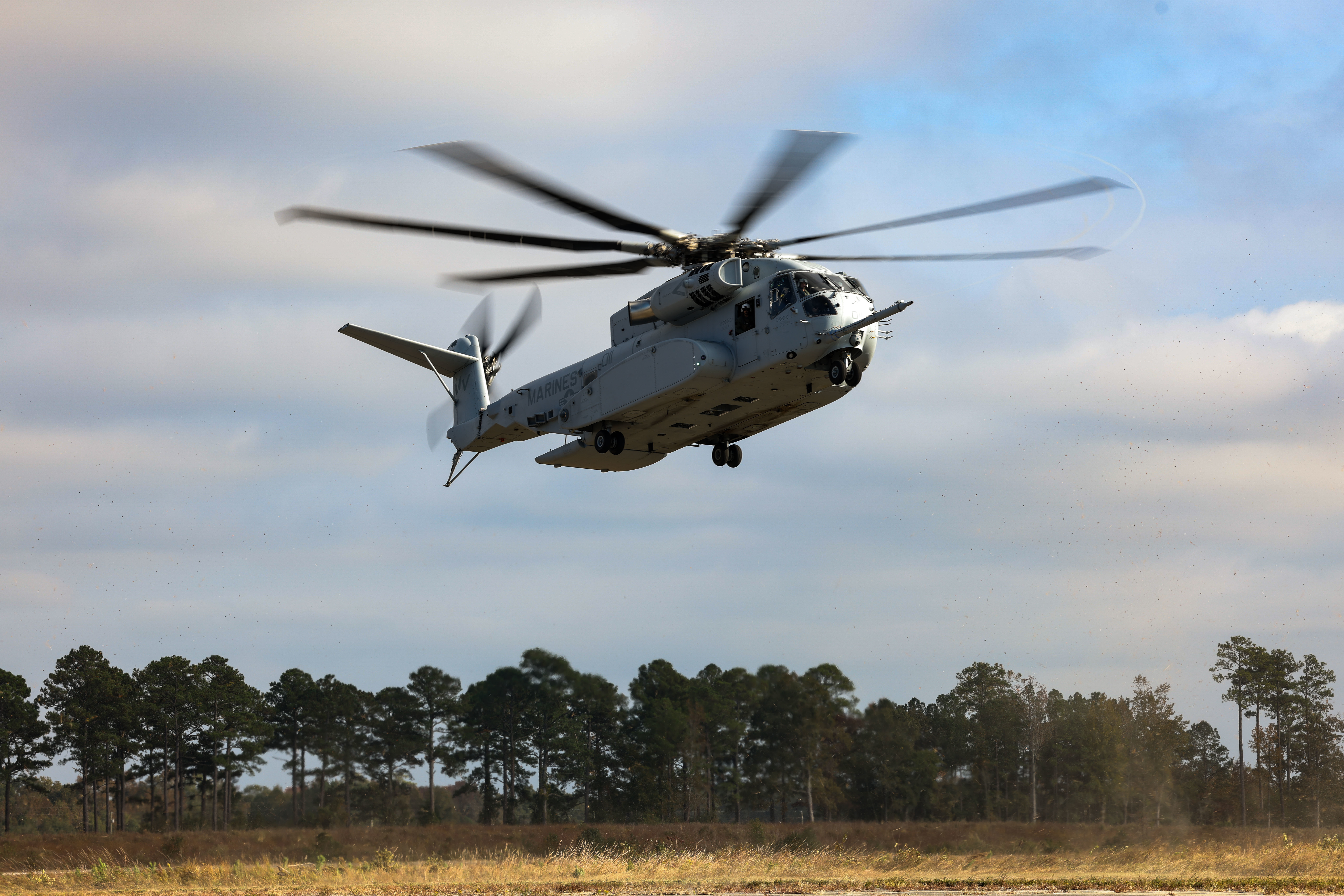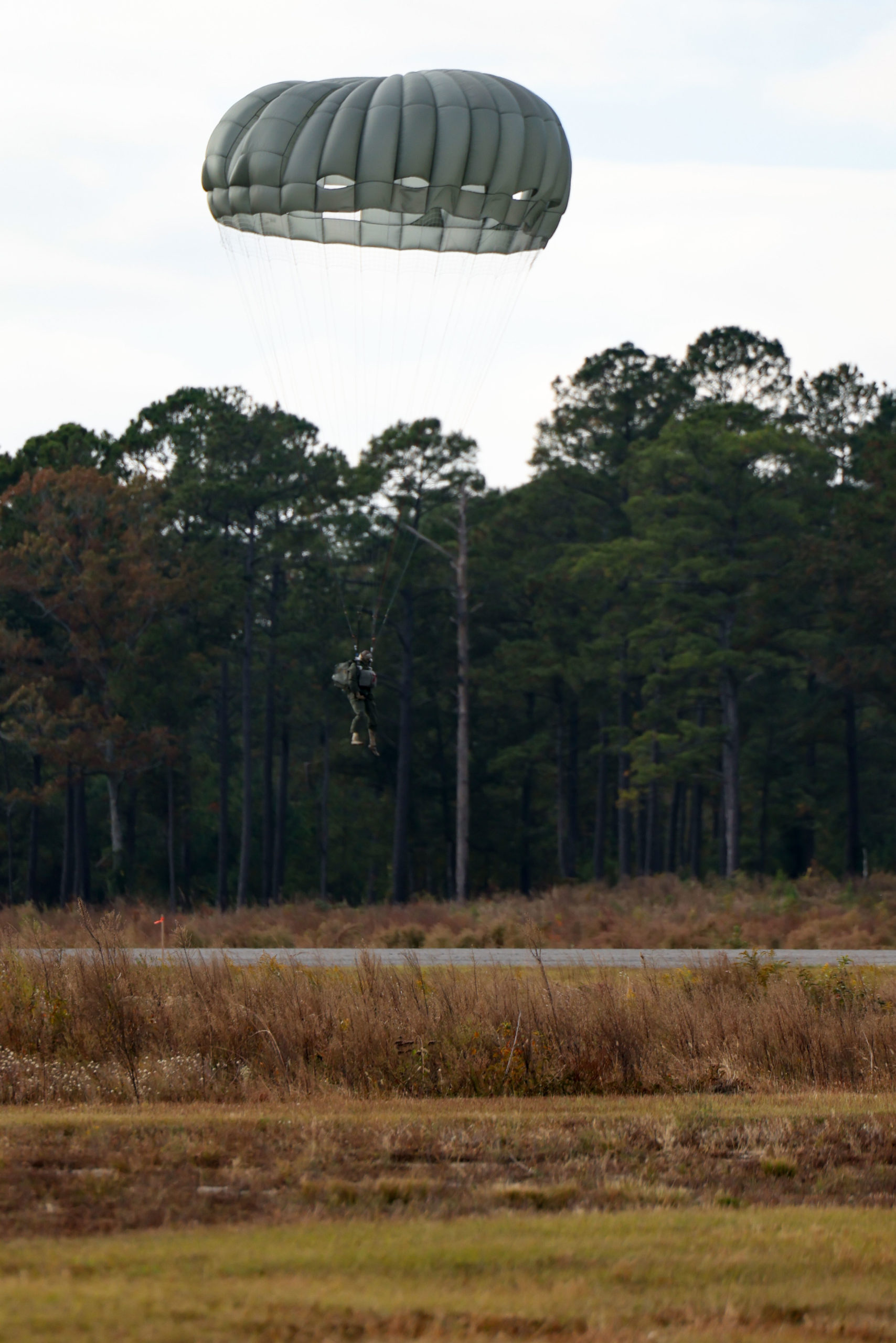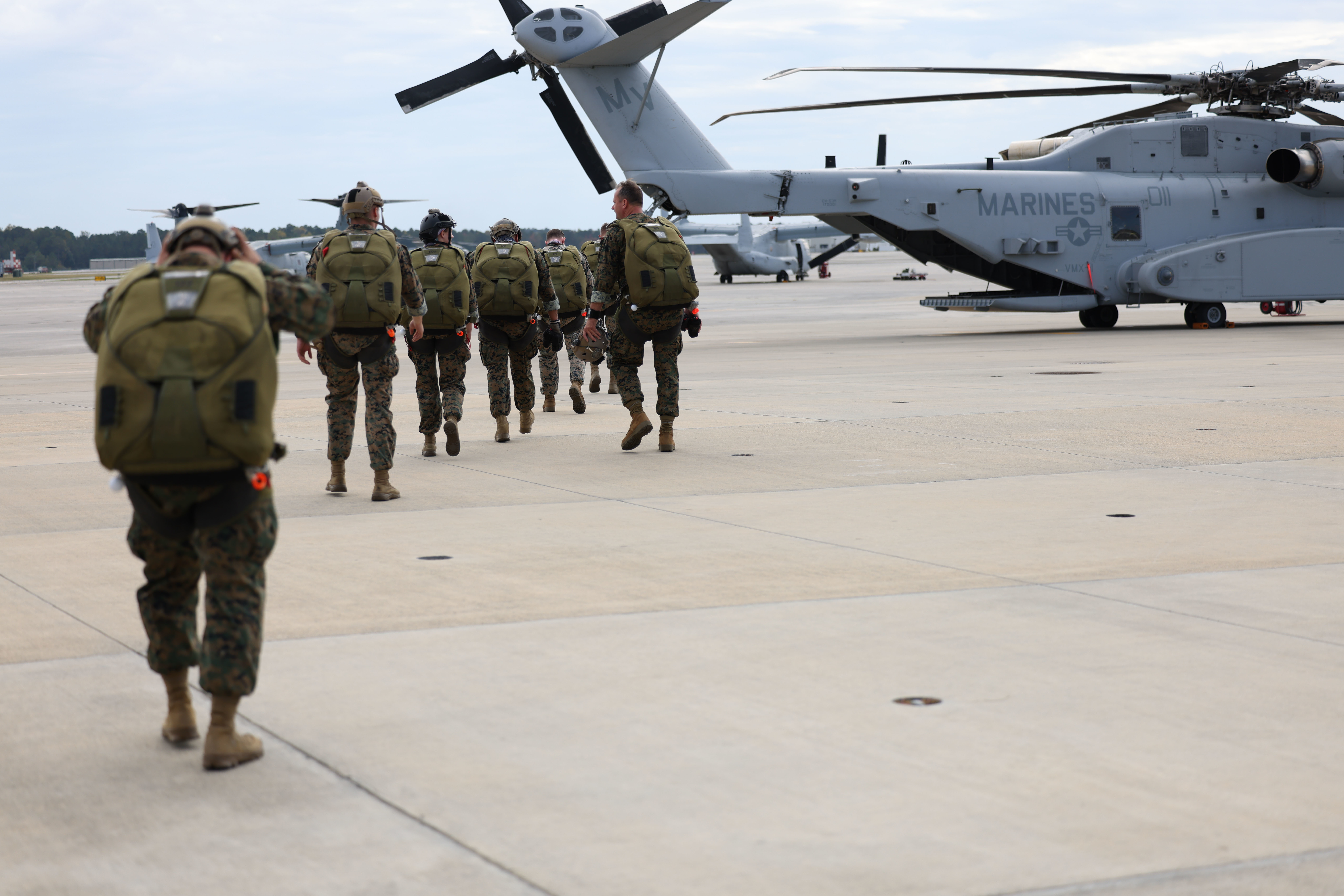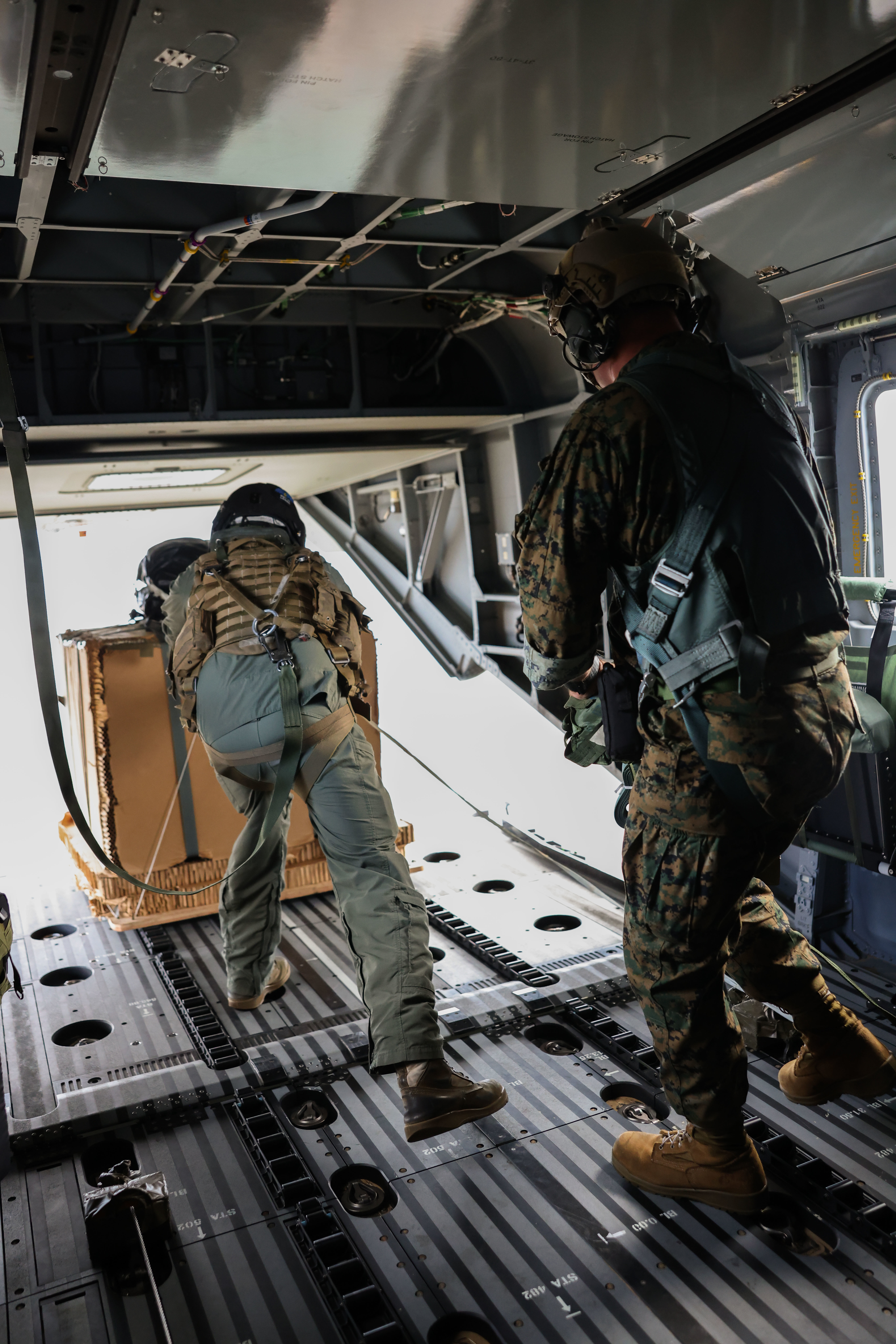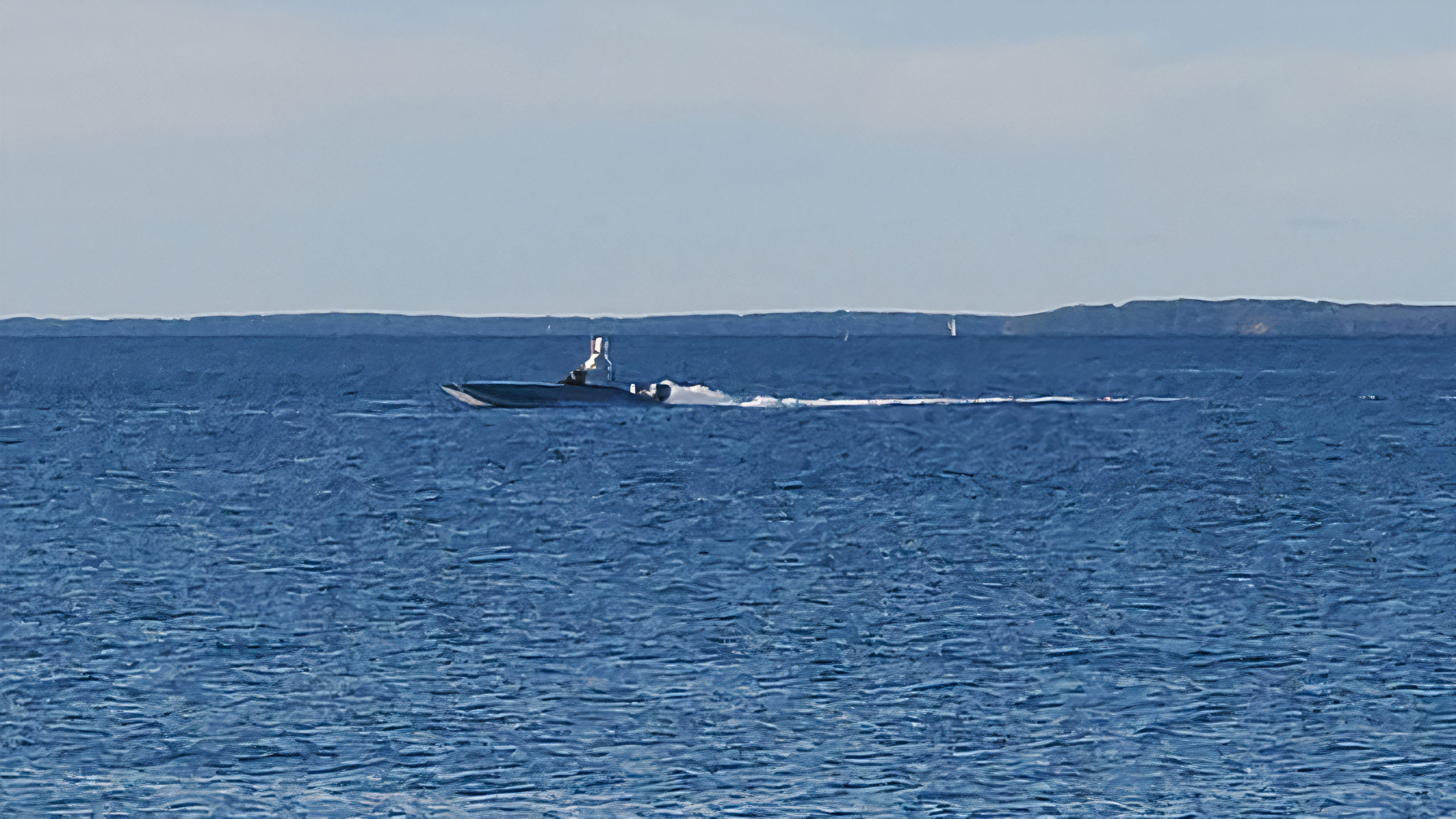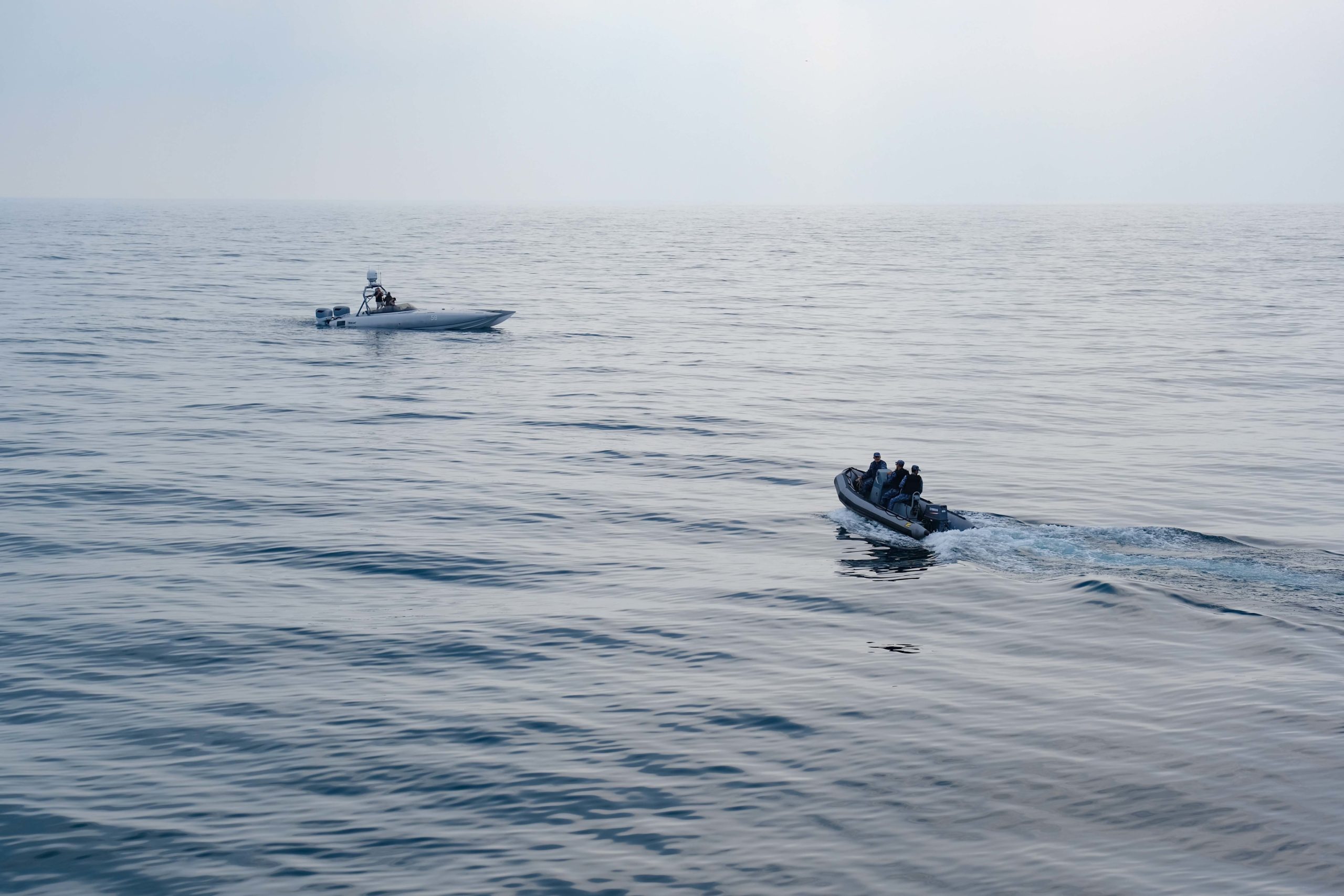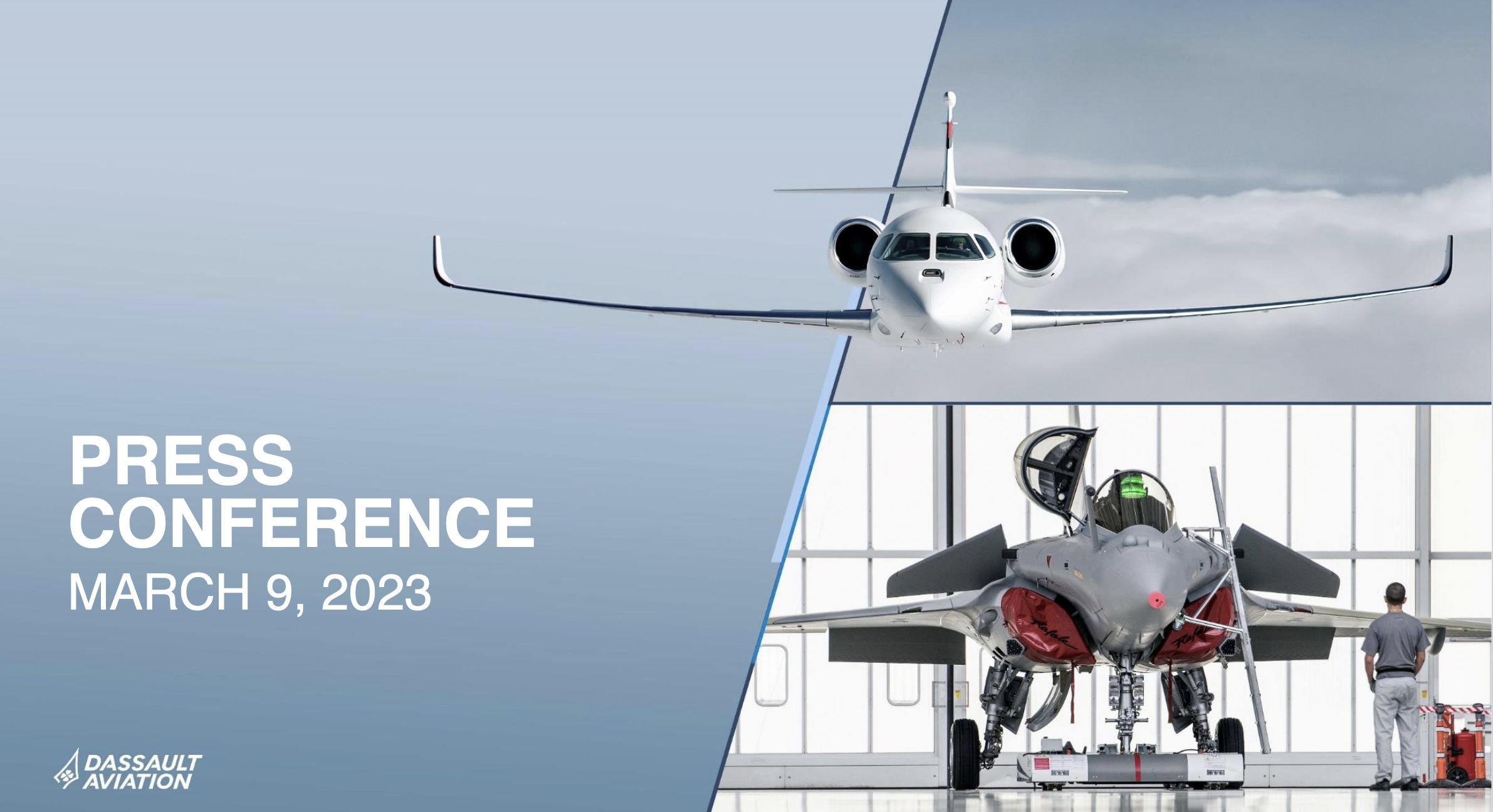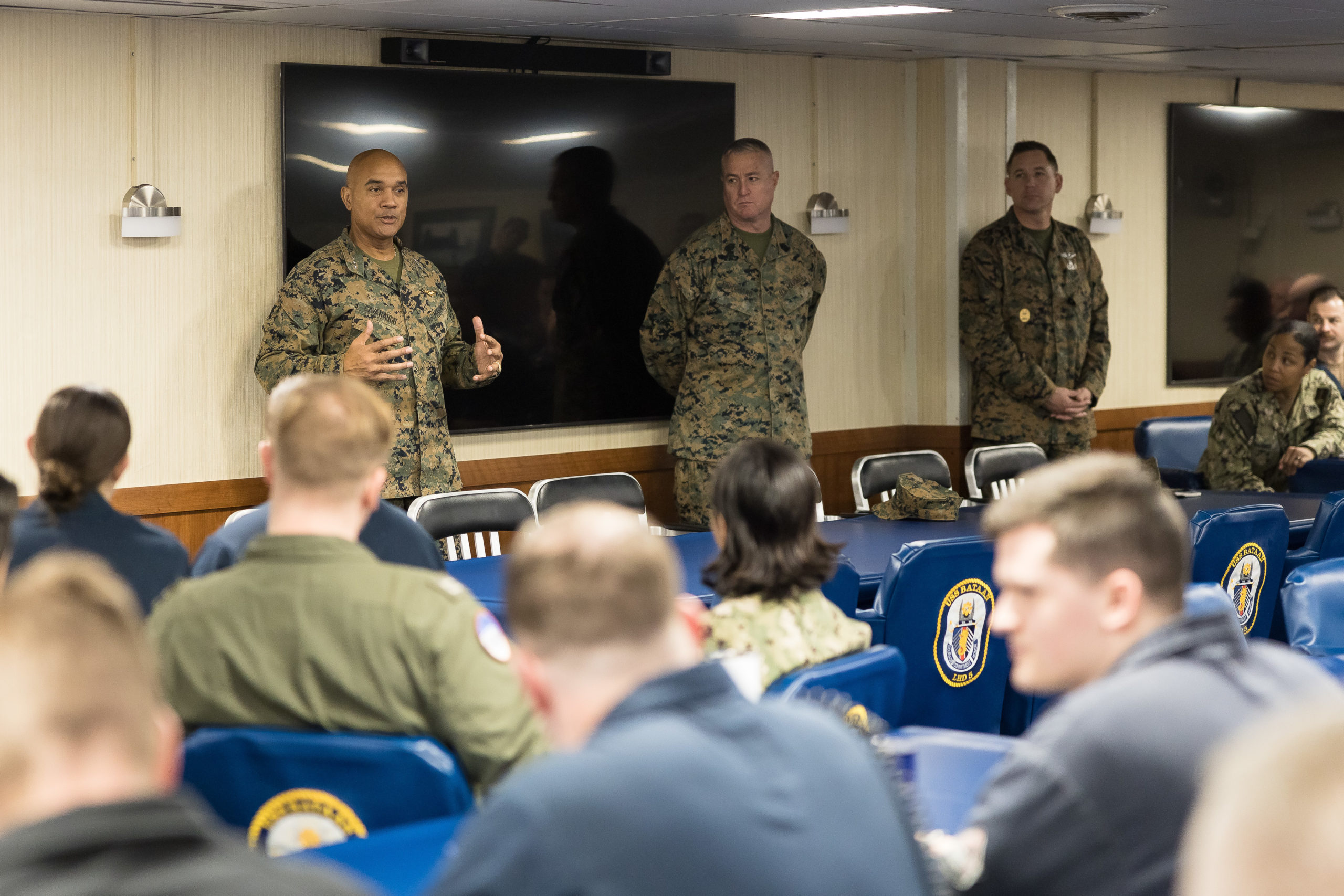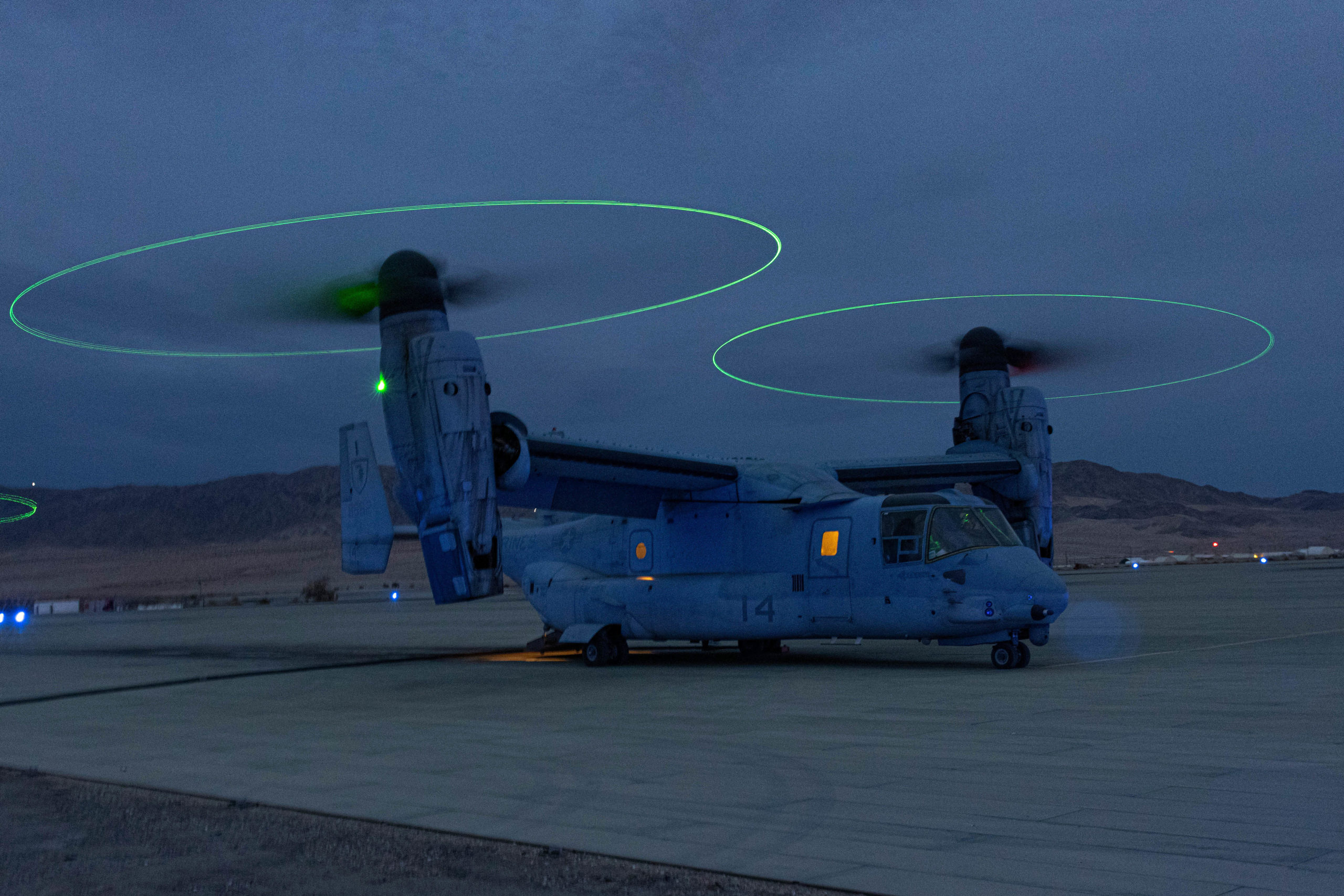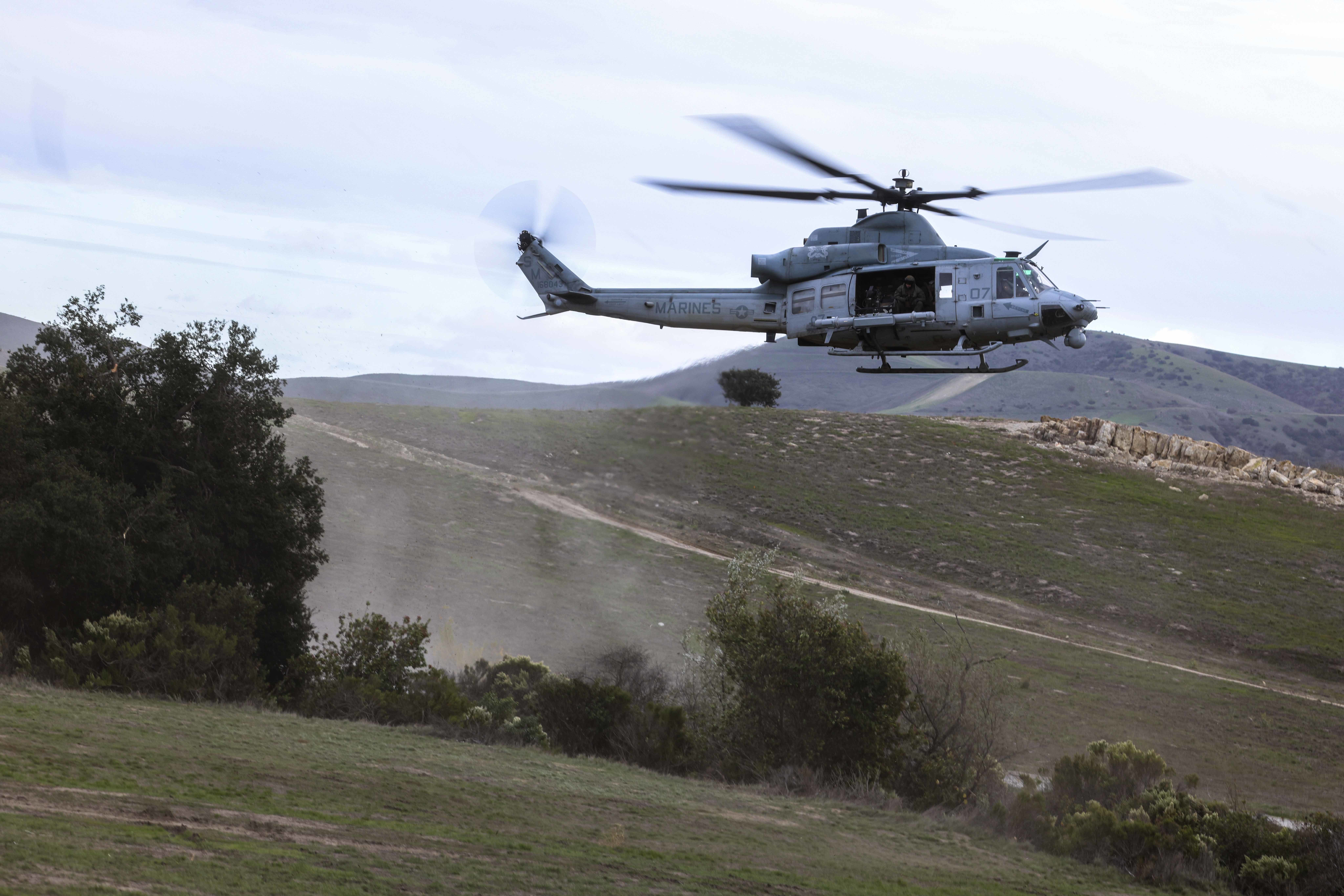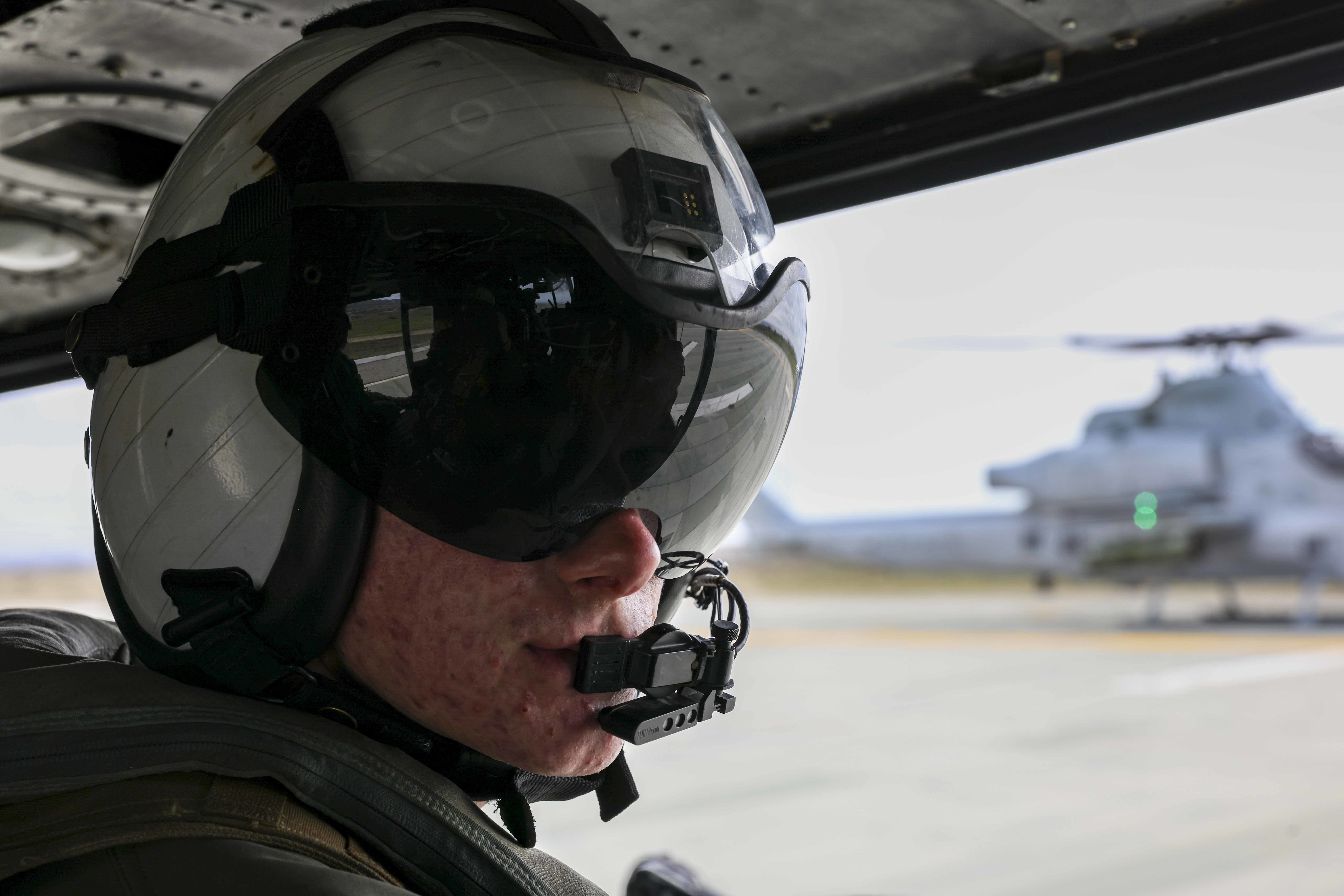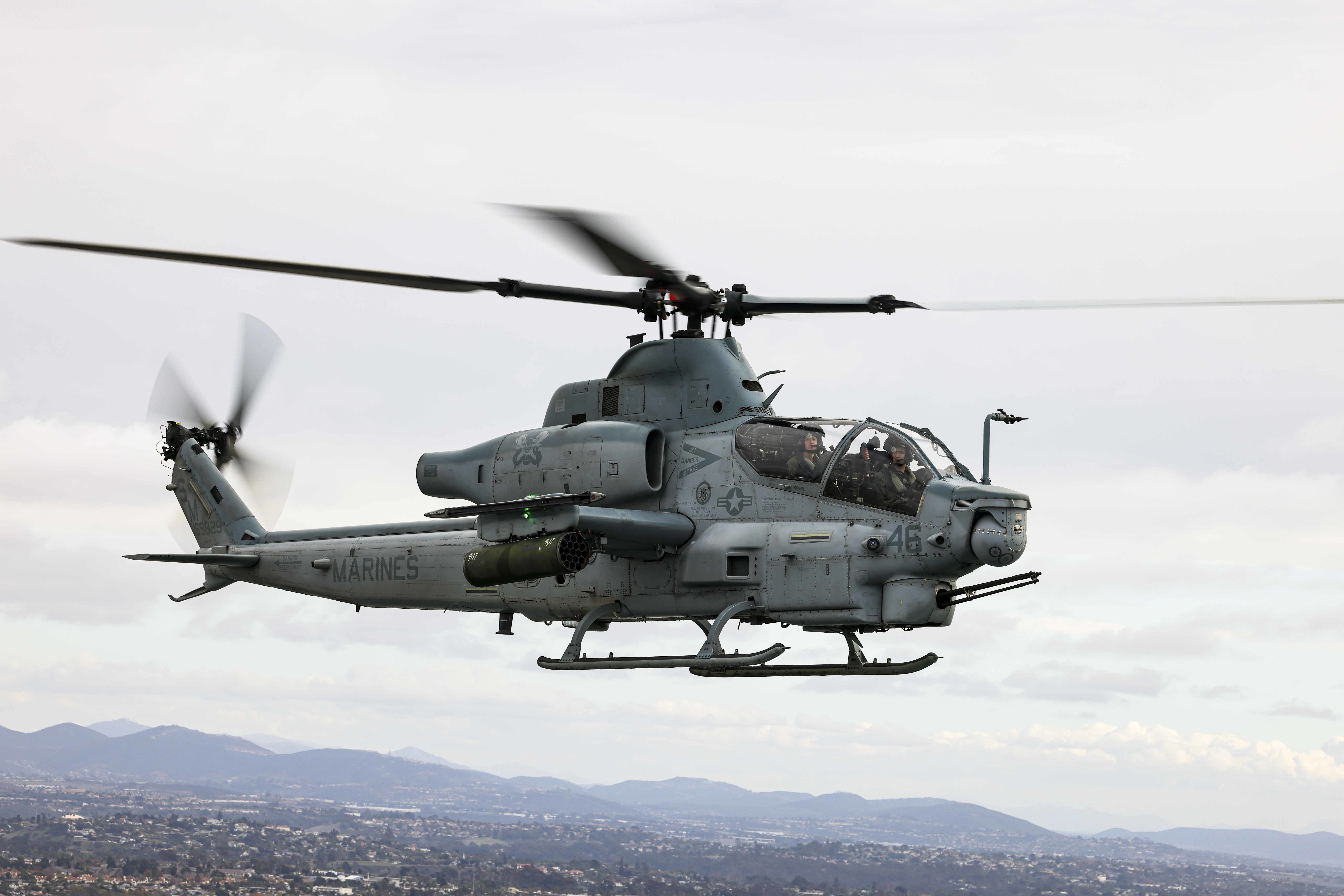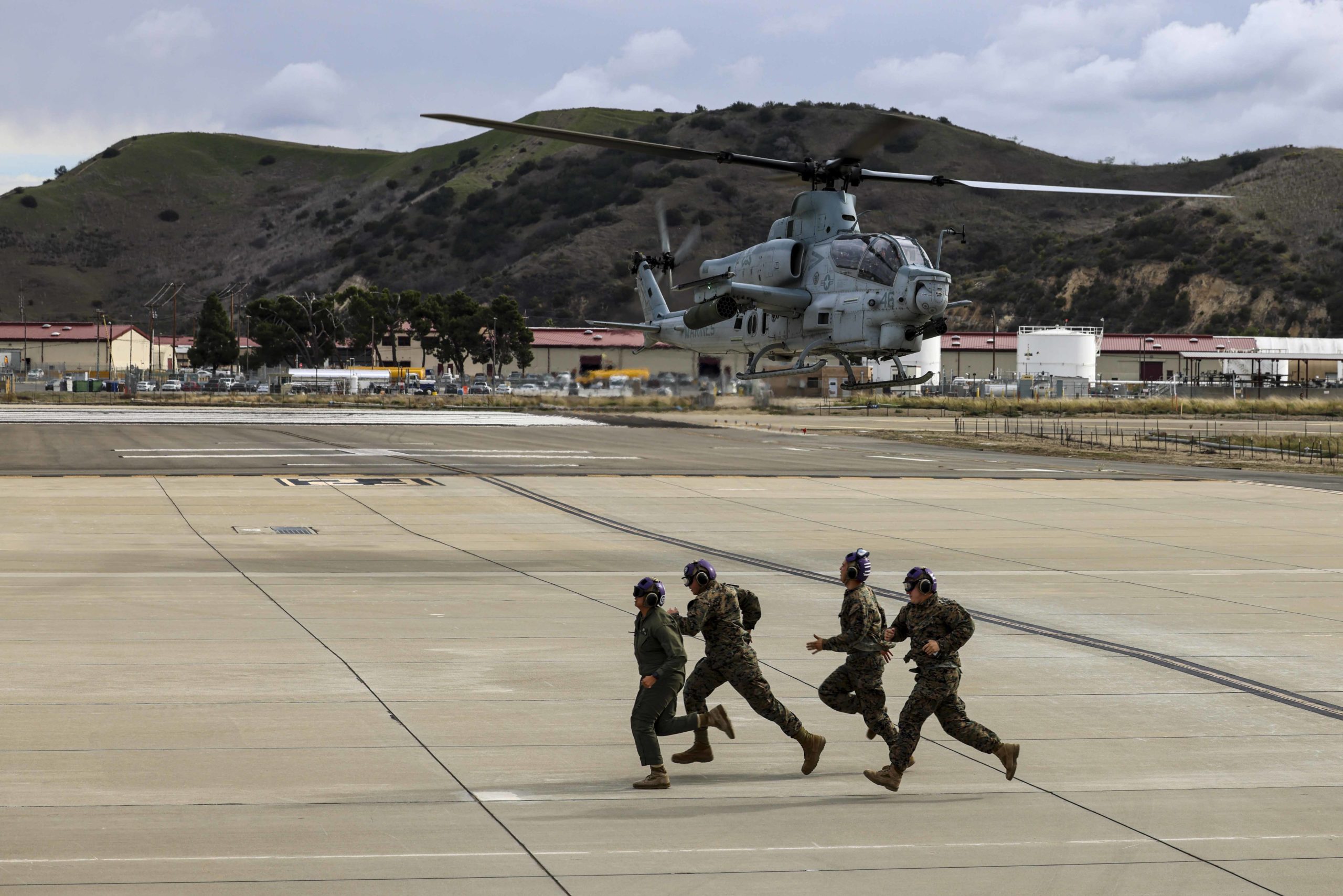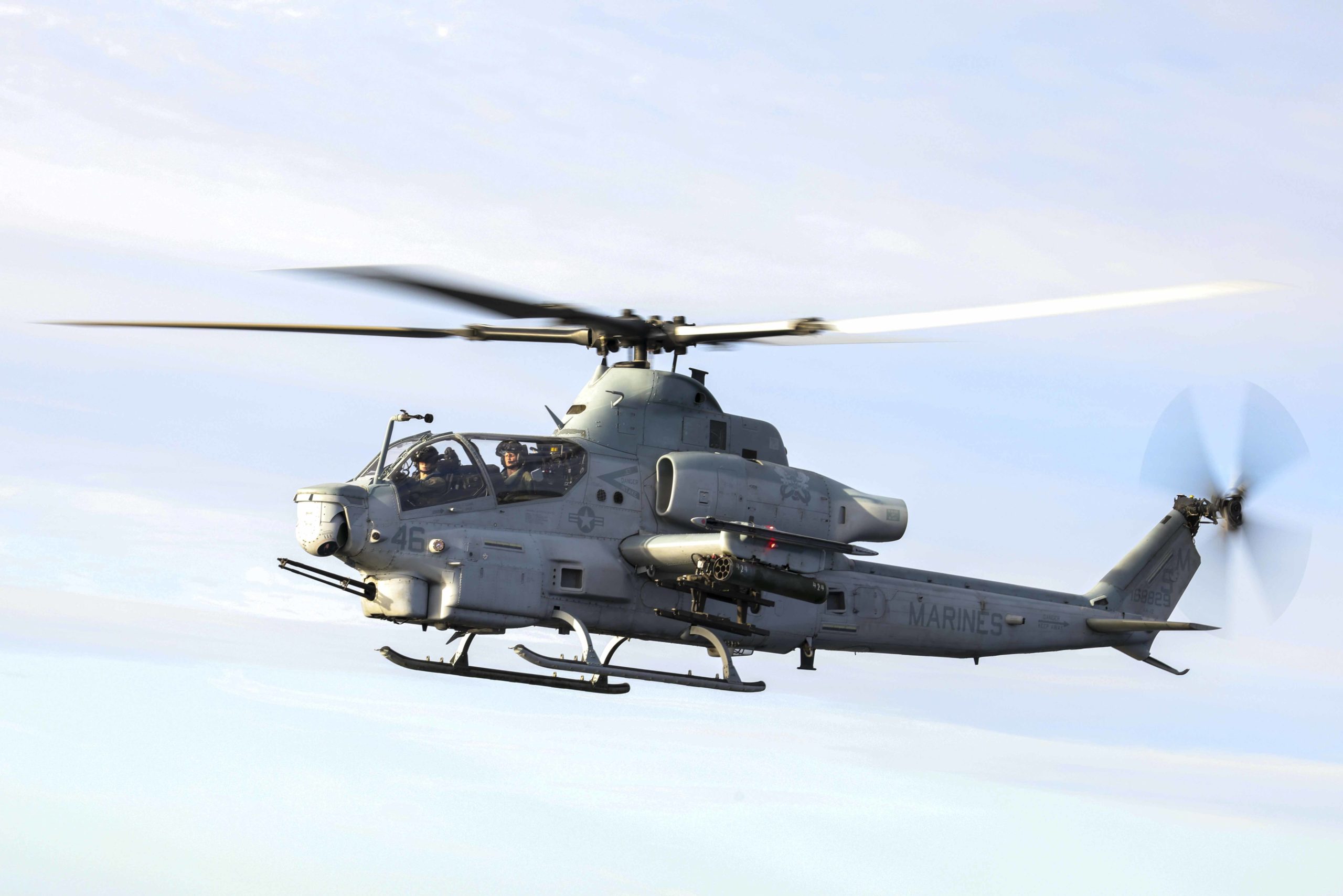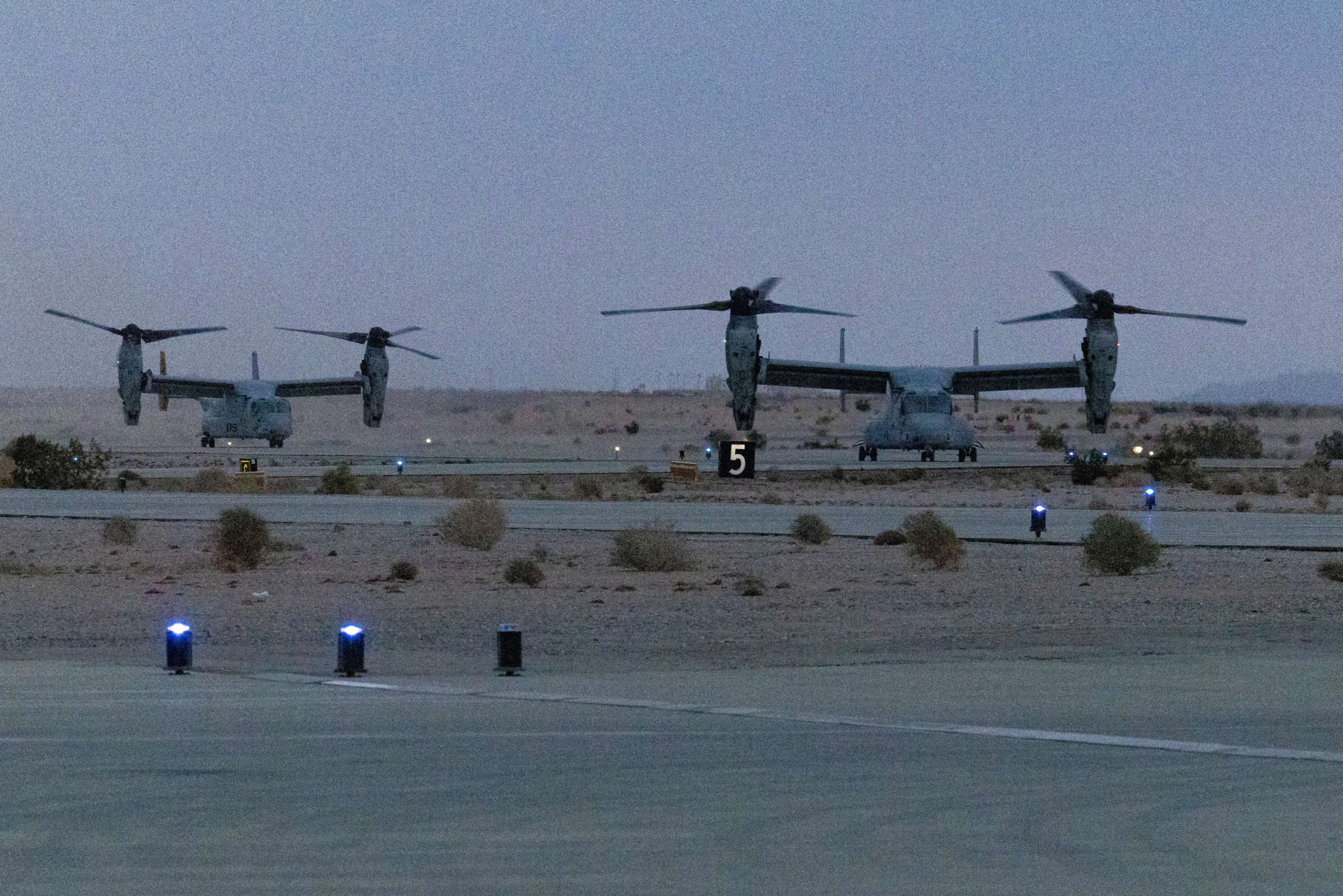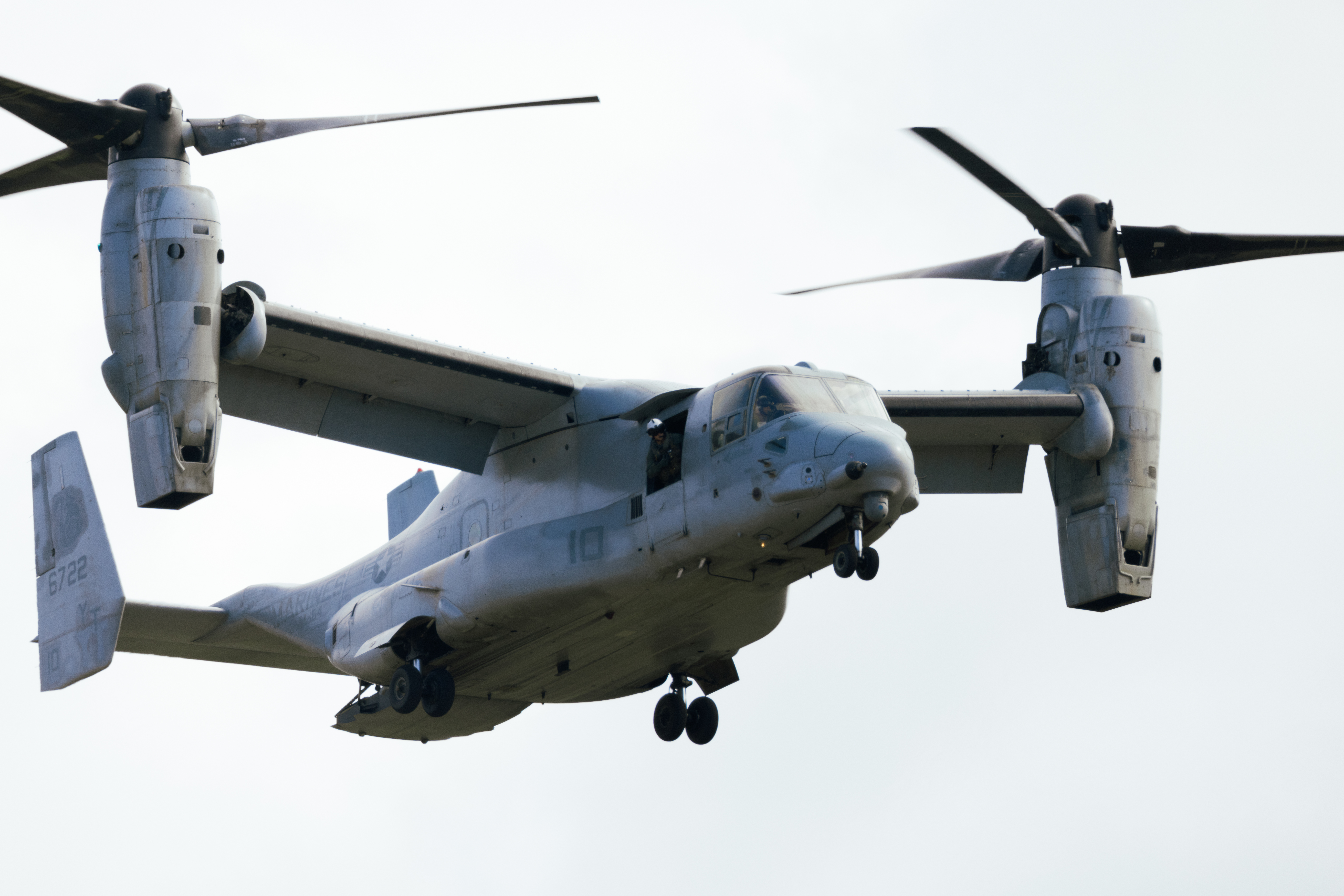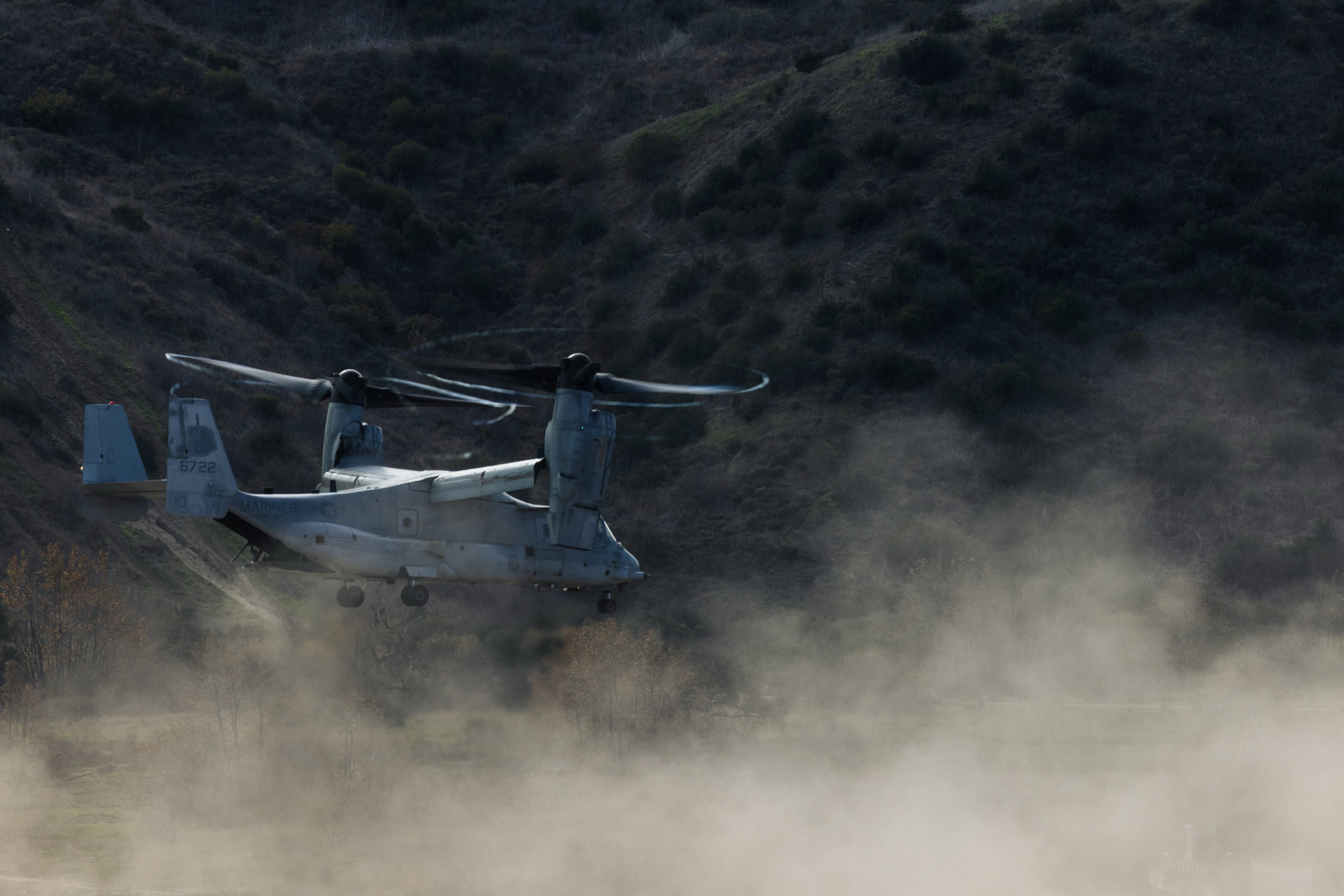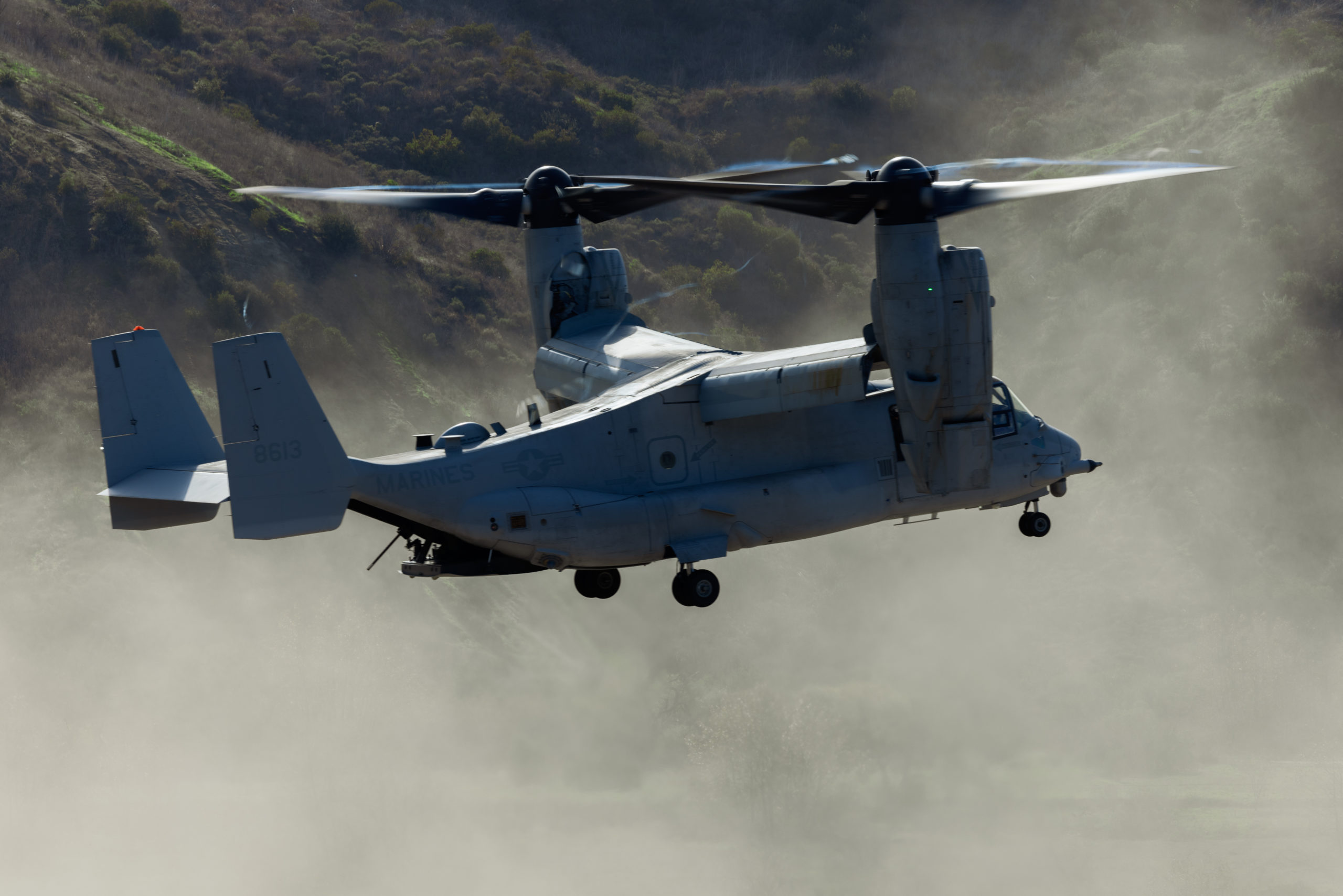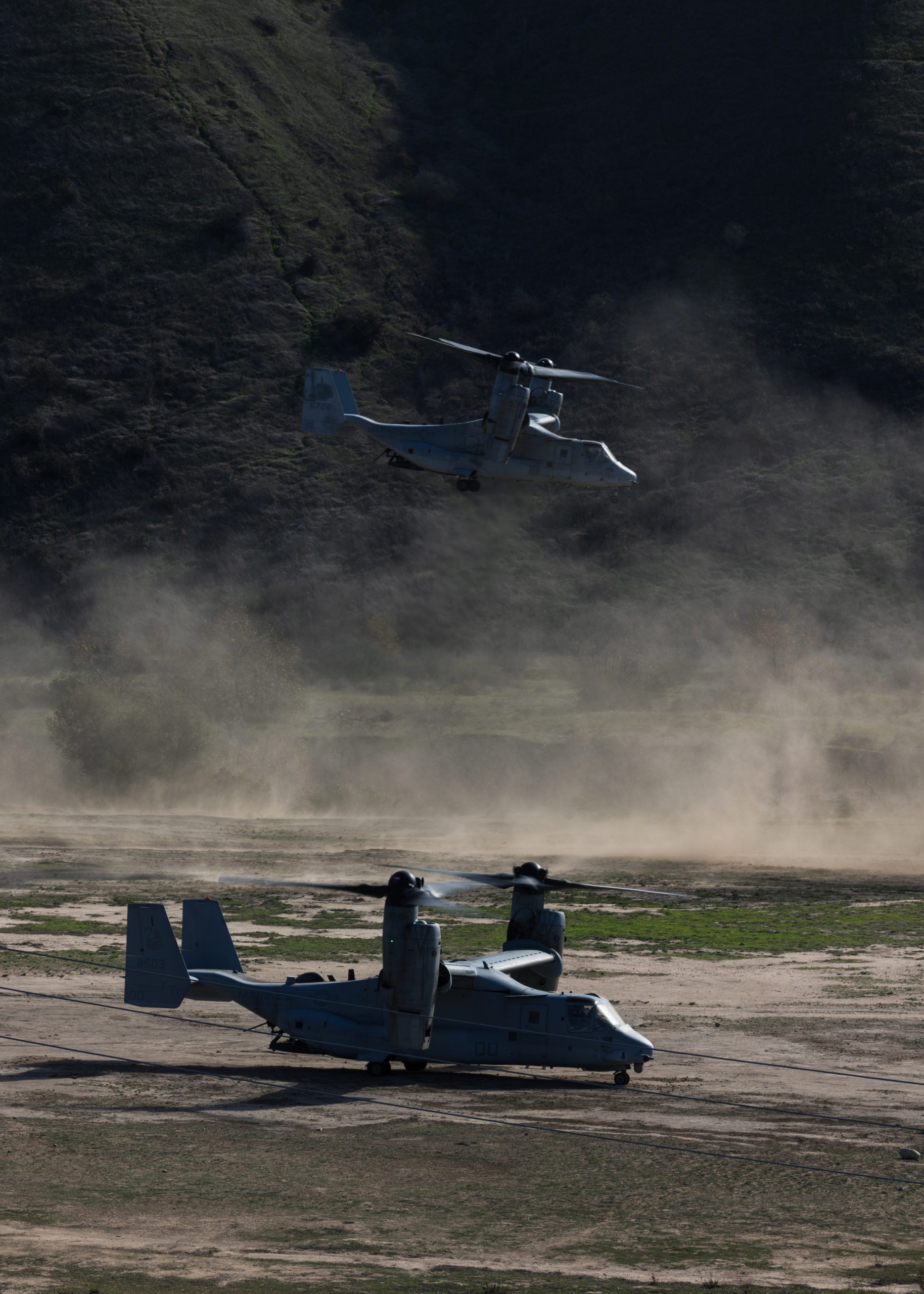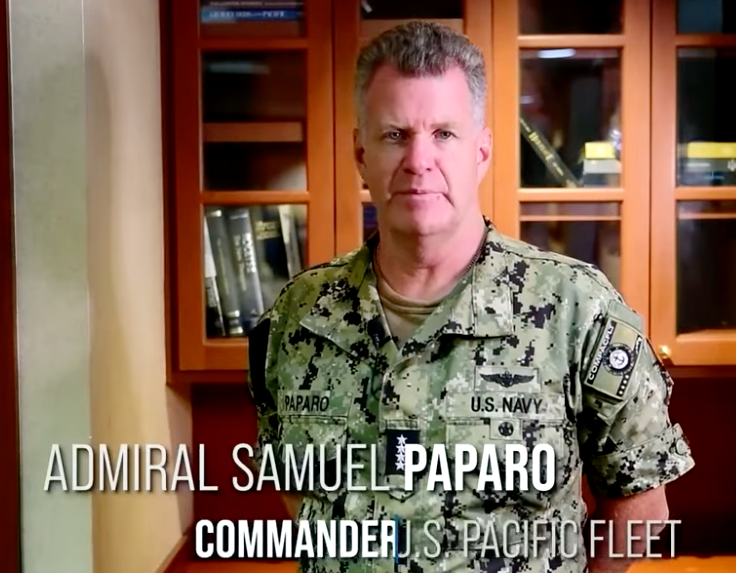By Robbin Laird
The recently concluded Party Congress in Communist China has both consolidated Xi’s control of the Chinese system and turned the country further from its earlier legacy of global engagement built on its powerful export engine. According to my colleague, Dr. Harald Malmgren, Chinese policy under Xi has taken a significant strategic turn in its economy and with it in terms of how he seeks to shape the China of the next decade.
This shift is significant and has significant implications for a world which is in flux in terms of the Western countries who have been the focus of exports, the authoritarian partners of China and the global system which my colleague Ken Maxwell has referred to in an essay published in 2022 as the arrival of the new world order. In this new world order relationships by multiple power centers which would not described either as Western or as great power authoritarians have emerged and are shaping new global linkages. And China under Xi is focused on enhancing these relationships at the expense of its recent decades of reliance for high growth on its export relationships with the West.
Dr. Malmgren and his colleague Nicholas Glinsman have highlighted and summarized the Chinese shift in their seminal paper written earlier this year entitled, “China and its Lost Decades Ahead.” In this paper, the authors assess that China is moving on from its neo-mercantilist economic model which relied heavily on exports for growth. At the Party Congress, the importance of global exports was replaced by placing highest national priority on domestic consumption within China itself. The dramatic shift in priority from its external relations in economic growth and the drawdown of their ability to rely on foreign capital to domestic growth drivers poses huge challenges for China in shaping a new way ahead.
Malmgren has also noted in a recent discussion I had with him that up to now President Xi had kept reporting of his military exclusively to himself. All other matters, including state security, were under the direction of the Chinese Communist Party. In March, Xi declared that state security was removed from CCP jurisdiction and would henceforth report exclusively to Xi personally. All matters that he deemed to be essential in managing internal security would be subject to his personal decisions. Thus, from now on the entire CCP was subordinated to the supreme leader, and the Party would function under decisions made by state security and the Central Military Commission, which Xi chairs.
To better control the domestic economy, Xi has decided to intensify centralized direction of all segments of the economy. Since Deng, state owned enterprises had been subject to Party direction, but large segments of the economy functioned with considerable autonomy. Xi made it clear that he wanted greater public and private coordination, and that Party political officials would be placed into the management of all private businesses.
Moreover, the Party would assign its officials to participate in all scientific research projects and the development of technological innovations. This would, of course, complicate relations between Chinese scientific innovators who were participating with American scientists and investors, calling into question whether either the Party or the U.S. Government would permit continuation of such ongoing businesses and R&D projects. Innovations which had been spurred by foreign investments and engagements of various foreign academics and scientists would likely be re-crafted to become more Soviet like with commissars within the key companies and domestic economic sectors.
The Covid Pandemic lockdowns paralyzed the Chinese economy during the period from the start of 2020 to the very end of 2022. Throughout the world markets, there has been an expectation that 2023 pandemic end would result in a strong Chinese economy rebound, bringing back to life the powerful Chinese engine of growth that had long provided momentum to the rest of the world. As it turned out, 2023 showed little sign of a Chinese rebound. New orders for exports did not appear. Demand for ocean going cargo carriers remained depressed.
What the world had forgotten was that world trade in manufactures had already slowed down in the years since the Great Financial Crisis of 2008-09. During 2019, just before the pandemic struck, the IMF warned that a synchronized industrial downturn was evident throughout the world. The pandemic then took over, slowing and even halting all economic activity virtually everywhere. Now, in post-pandemic 2023 much of the world is back where the economy of 2019 left off, in an economic downturn.
None of the world’s great trading nations, Japan, China, South Korea, Germany or the U.S. showed any signs of increased demand for manufactures, whether automobiles or consumer appliances. Worldwide inflation was being attacked by central banks everywhere, raising interest rates to subdue spending and rising wage demands.
In February, 2023, the Government Investment Corporations of Singapore, one of the world’s biggest Sovereign Wealth Funds, announced it was pulling back from exposure to investments in China. This agency is known throughout the world as the most knowledgeable entity able to make objective assessments of the inner workings of the Chinese economy.
The U.S. Government was also showing concern about U.S. private investment into China that might be supporting technologies of national security concern. This was casting a negative blanket over previous years of optimism among high tech American and European technology investors.
Malmgren noted that China has reached an economic plateau similar to that reached by Japan in the late 1980s, where Japan shifted its economic growth to direct engagement in the United States and other Western states. China will not be able to do that because of the Western concern with regard to how China has distorted “globalization” to its advantage.
According to Malmgren, with the United States cutting the umbilical cord to its technology and technological investment’s, there is growing Chinese recognition that their own pace of innovation could slow significantly.
With the economic slowdown by China, the role which China played in the 2008 global economic crisis will not be repeated. The authors concluded in their paper that “China will not come to the world’s rescue, as it did in 2008-09 under Hu Jintao.”
Malmgren also underscored that the focus on enhanced domestic consumption will prove difficult as well with the economic drawdown and internal protests. Most of the major protests have been highly disciplined in forms that the government felt unable to contain.
These protests have taken two forms: the so-called white paper protest whereby significant numbers of Chinese have simply hoisted blank paper in protest without actually indicating what they are protesting.
The second is Chinese parents of child bearing age are refusing to have children and, wives asserting their rights to continue active professional lives and simply avoiding raising any children. The birth rate per thousand Chinese continues to fall dramatically, alongside a growing number of the elderly. The total number of Chinese counted in 2022 showed year on year decline, and world population experts are now forecasting steep decline in Chinese population over the next 50 or 100 years.
I will include here the first part of their paper, a paper which brings together a wide range of data supporting their arguments in the paper.
“In late October, when Xi Jinping consolidated his hold on China’s communist party at its five-yearly congress, the world cringed. Xi seemed determined to push China back to the age of Mao Zedong, his role model. Hardline ideology would tighten its grip on the world’s second-largest economy, with dire implications for the rest.
“The last thing anyone expected from a strongman president entering his 11th year in power was a sudden about face. Yet within weeks, Xi’s government reversed its efforts to control Covid-19, Big Tech companies, the Chinese property market and more. It has shown signs of reduced support for Russia’s war in Ukraine while trying to ease diplomatic tensions with the US and in its territorial disputes regarding the South China Sea. This softening seemed so uncharacteristic of Xi that rumors began circulating that his political power was weakening, as other high officials were intervening to alter policy/.
“That’s unlikely, given that at the congress, Xi had purged enemies and installed allies throughout the party. Yet the 180-degree turn on multiple policy fronts was unmistakable and raises doubts about everything the world thought it knew about Xi, the unbending hardliner. Was he now bending to pressure from worried officials, the public, the deteriorating economy?
“The answer may be all of the above. Xi’s Covid policy, the tech crackdown and the property bust had brought the economy to a standstill in 2022. The economy contracted in the fourth quarter, which is likely to bring growth for the year down to 3 per cent. That is according to official Chinese data; the reality was probably worse, as the reliability of such has declined under Xi. Nevertheless, and back on point, China has not grown this slowly since the late 1970s and is growing no faster than the rest of the world, also a first since the 1970s.
“A performance that weak was a serious threat to an authoritarian state that rests its legitimacy on promises to restore China’s prosperity and its global stature. As the slowdown fuelled street rallies against the pursuit of “zero-Covid lockdowns”, some protesters dared to call for Xi to step down. Officials in his own government were reportedly urging him to act to save the economy. Still, few if any China watchers thought the paramount leader would change course.
“Aiming to revive the economy after the congress, Xi’s government started sounding less Maoist. It has dropped the “three red lines” on borrowing by developers, and announced that the “rectification” campaign against fintech firms is nearly complete. After tightening state control for years, it is sending out messages of support to the private sector, even offering details of its new global data market that suggest respect for private data ownership.
“The irony: Xi may be trying impractically hard to revive growth. His plans to build “a modern socialist economy” imply an annual gross domestic product growth target of 5 per cent, which is no longer possible. China’s population growth has slowed sharply, as has productivity growth. With fewer workers and slumping output per worker, the country’s potential growth rate is 2.5 per cent. Beyond this year, when spending by Chinese consumers released from lockdown may temporarily boost growth, 5 per cent is an unrealistic target. And more debt-financed spending will only increase China’s already massive debt load.
“Global investors, who often blow hot and cold on China, have again flipped, this time to embrace the new Xi. Before November, the country’s stock market was tanking with the economy. Foreign fund managers were launching emerging market mandates excluding China. Now, they are bullish on hopes of a post-pandemic “reopening” bounce and have been pouring money into Chinese stocks. The benchmark MSCI China index is up a staggering 50 per cent since the late October lows.
“Yet questions about China’s policy direction remain. Xi’s pivot is a pragmatic course correction, but it raises doubts about his steadiness. His impulse to control may reassert itself when the economy starts to recover.
“However, we just do not see it lasting, and hence there will be no repeat of the Chinese reaction to the Great Financial Crisis of 2008/09, wherein the enormous stimulus introduced by the Hu Jintao administration was accredited with helping the world economy avoid a broad and deep global recession.
“Back to the present and despite the dangers, there are nevertheless signs that the economy is stirring. Subway ridership in major cities is rapidly returning to normal. Consumers who accumulated savings while shut in their homes for much of the past year have money to spend. And the government is rolling out policies to support a rebound, or more accurately, reversing policies that had previously constrained growth. China’s ability to recover from nearly three years of self-imposed isolation “is very likely the single most important factor for global growth in 2023,” according to Kristalina Georgieva, the managing director of the IMF.
“Indeed, the global economy’s other main engines are far from firing on all cylinders. The US economy, despite a strong end to 2022, will struggle this year as higher interest rates bite, according to the World Bank’s latest forecast. Europe is in recession, and Japan is projected to eke out just a 1 percent growth rate.
“As for China, the World Bank forecasts growth of 4.4 percent this year, and of course, some private estimates are even higher. Goldman predicts a 5.2 percent gain. “Evidence of a rapid China reopening is accumulating,” the investment bank said in a note to clients last week.
“Still, it will take time for the Chinese to re-establish their pre-pandemic routines, including links to the outside world that the government severed in hopes of keeping the virus at bay. The next few months may bring a stop-and-go recovery before a more widespread resumption of activity in the spring.
“Even with a smooth Chinese reopening, the global economy faces a year of anaemic growth, according to World Bank and IMF projections. As mentioned above, China could theoretically provide a big world economic impetus, but we do not expect China to have growth surge and ride to the rest of the world’s rescue.
“One area that commentators are expecting a growth impetus is Chinese exports, but we would argue against that too…”
In other words, we are seeing a sharp break from the economic orientation of China and from how China has engaged with the West economically. How then does this affect the Chinese place in the world, and affect the evolution of the evolving global situation and order?
I will address those questions in the next article.
Credit Featured Photo: President Xi has his eyes set o expanding China’s diplomatic role as part of a broader global shift.



